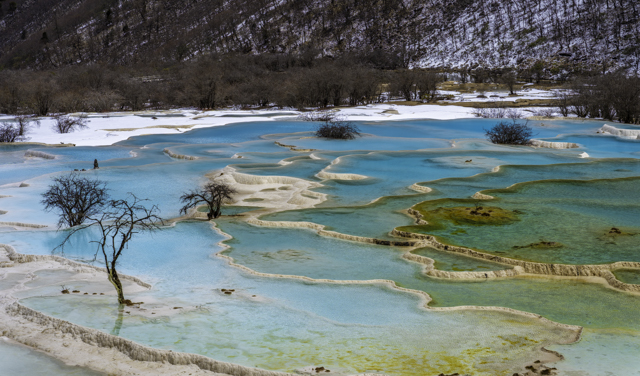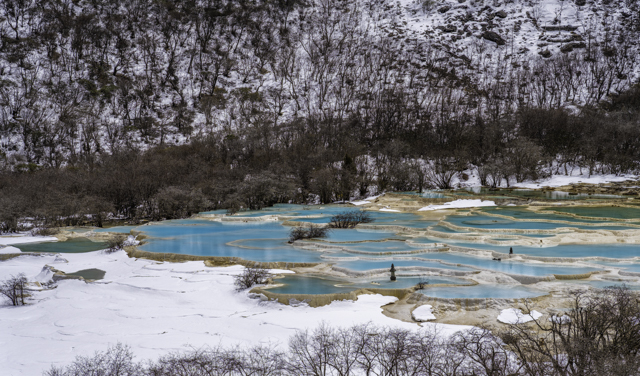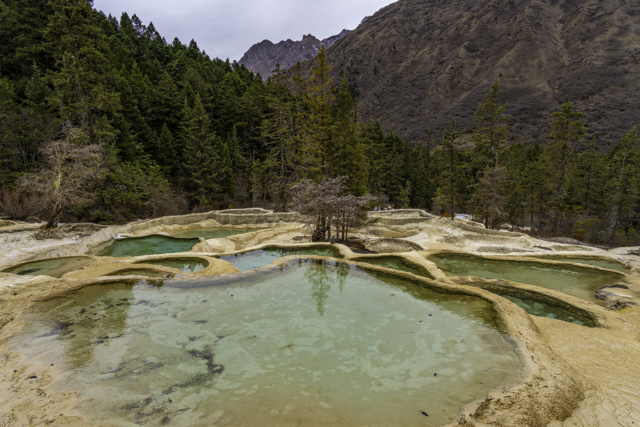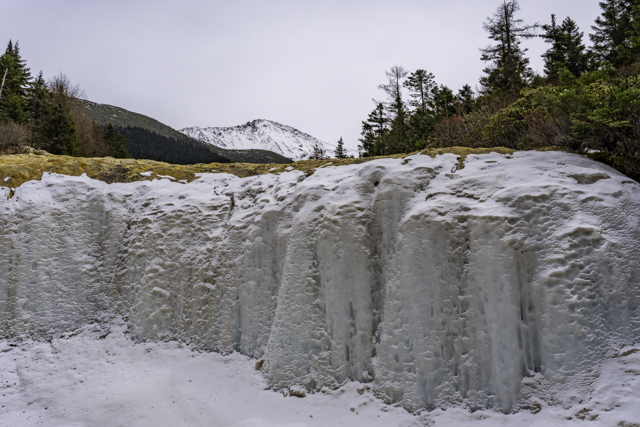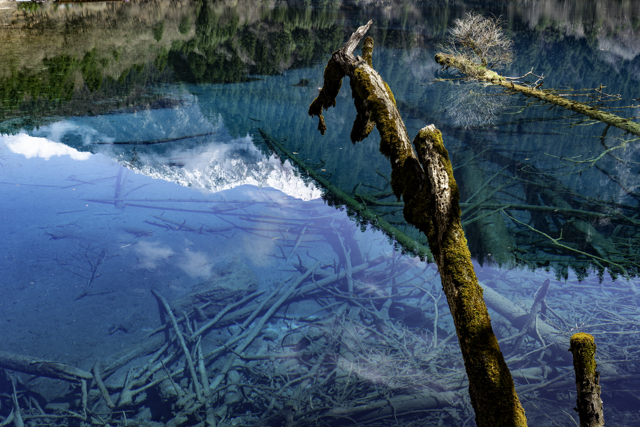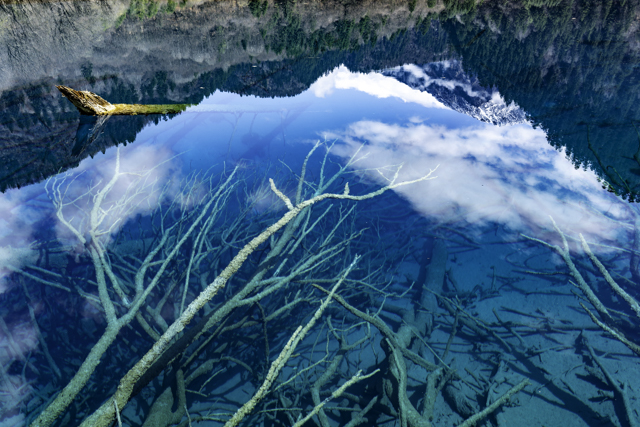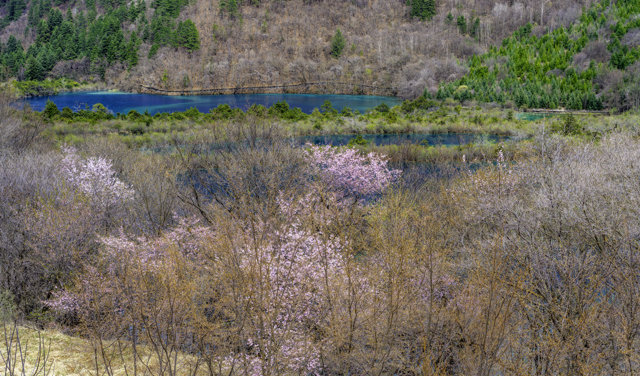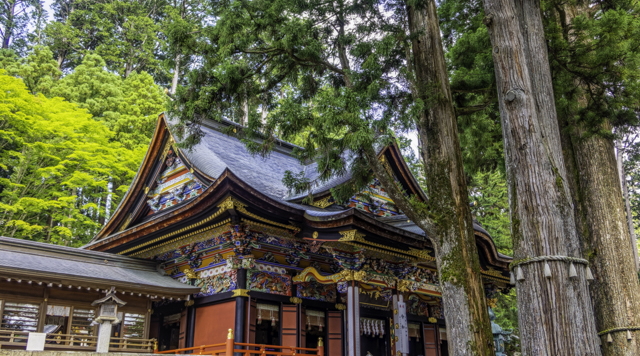

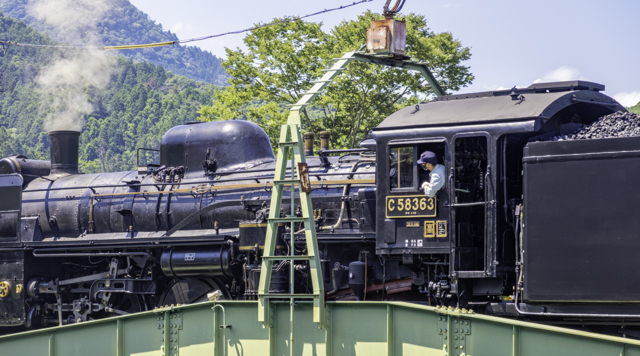

Few years ago, I had a plan to visit Chichibu with a friend of mine, but for some reasons, it never materialized. Although there are streams where you can go rafting in Chichibu, they are on the Arakawa River, and even it is said that Chichibu has rural scenery, it is in Saitama Prefecture just next to Tokyo. I was not very interested.
Due to travel restrictions owing the COVID-19, I visited Hakone in Kanagawa Prefecture this year. The downside of the trip was that I saw regular commuter trains of JR Tokaido Line at Odawara Station, just 15 minutes from Hakone Yumoto Station, on the way back. It immediately brought me back to reality (tentatively named as Tragedy of Odawara), but I was quite satisfied overall. I was also able to photograph the old-fashioned mountain railway train.
If I can be satisfied in Kanagawa Prefecture where is located next to Tokyo on its west side, I also should be able to be satisfied in Saitama Prefecture where is located next to Tokyo on its north side. Compared to Hakone, where I only saw the mountain railway, Chichibu might be more enjoyable with its river rafting and steam locomotive (SL) train. Since Chichibu would be crowded during summer vacation, I made a reservation of an onsen inn just before it, hoping that the rainy season would be over by then.
As expected, the rainy season ended before the trip. It was summer.
First, I took the Tokaido Line commuter train from Yokohama Station to Kumagaya Station. At Kumagaya, I transferred to the SL train and headed to its final stop, Mitsumine-guchi. At Mitsumine-guchi Station, there is a park where you can observe the maintenance of the SL. The weather was clear, perfect for photography.
However, it was hot. Indeed, it was extremely hot. The sunlight was also strong, rather it was harsh.
When it comes to places with extreme heat in the Kanto region, Kumagaya is on par with Tatebayashi and Maebashi. While the elevation becomes slightly higher moving toward from Kumagaya to Chichibu, it is still not in the mountains. Rather, it should be considered the edge of Kanto Plain, so it remains quite hot. Upon checking later day, the highest temperature in Chichibu during my stay was 34°C. This was nearly the same as the 35°C recorded in Kumagaya on that day.
The next day was also sunny, and I went to river rafting in Nagatoro. It was still sweltering hot, but there was a cool breeze on the river surface. However, the boat ride only lasted about 15 minutes. The rest of the day had to be spent under the blazing sun of Kanto Plain.
It might be cooler in the mountains. It was a bit far, but I decided to take a bus to Mitsumine Shrine. At an altitude of about 1,100 meters, it was slightly cooler and occasional breeze blew.
Yet, Chichibu was Chichibu. Walking around the Shrine made me sweat profusely. Besides, waiting for the return bus in the parking lot under the intense sunlight was unbearably hot. The bus had ventilation measures in place due to the COVID-19, the air conditioning did not work well. It was also fairly crowded.
One of the purposes of my trip was photography, so I had no right to complain about the sunny weather. If the weather was bad in Chichibu, I might have just gone home without seeing anything.
Having said, it was extremely hot. It was just after the rainy season ended, so my body was not used to the intense heat. Even though Chichibu is said to have rural landscapes, it is a part of the developed Kanto Plain, so there are not many places with tree shades.
During this trip, I was able to drink beer at restaurants in Chichibu. Once that happened, I had no choice but to keep drinking ice-cold beer from early in the afternoon. In elementary school days, I was told that I should not drink too many cold soft drinks during summer vacation. On the other hand, I can drink alcohol freely now. I was glad that I was an old man.
I spent two days in Chichibu and returned home. To avoid the Tragedy of Odawara, I took Seibu Line Limited Express via Ikebukuro on the way back. This way, I did not have to take the JR regular commuter train all the way back to Tokyo, and I could enjoy the afterglow of the trip for longer time.
I did not walk around that much, but when I got home, I was exhausted from the extreme heat. Besides, maybe because I drank too much beer, I felt sick with my stomach.
While I was feeling weak, I recalled that I had booked the onsen inn in late April. It was the season of fresh greenery and a gentle breeze. I had just escaped from cold winter and was filled with optimistic hope. At the time, I could not have imagined that summer in Chichibu would be so harsh.
This is Tragedy of Chichibu.
COLO’s Traveler Guide: Chichibu
Day 1
Yokohama (Tokaido Line/Takasaki Line) >> Kumagaya
Kumagaya (SL Paleo Express) >> Mitsumine-guchi
・SL Turntable
Mitsumine-guchi (Chichibu Railway) >> Chichibu
Accommodation: Araki Kousen
Day 1 Tips
・The turntable at Mitsumine-guchi operates around 1:30-1:40 p.m. Until then, I was able to watch the maintenance work.
Day 2
Chichibu (Chichibu Railway) >> Nagatoro
• River rafting
Nagatoro (Chichibu Railway) >> Ohanabatake
Seibu Chichibu Station (Bus) >> Mitsumine Shrine
Mitsumine Shrine (Bus) >> Seibu Chichibu Station
Seibu Chichibu (Chichibu Limited Express) >> Seibu Ikebukuro
Ikebukuro (Shonan-Shinjuku Line/Tokaido Line) >> Yokohama
Day 2 Tips
• Took a bus to Mitsumine Shrine. The ride is long, so it can be tough if you cannot get a seat. Better to arrive early to wait for the bus, but the driver will not let you on until about five minutes before departure at the first stop.

